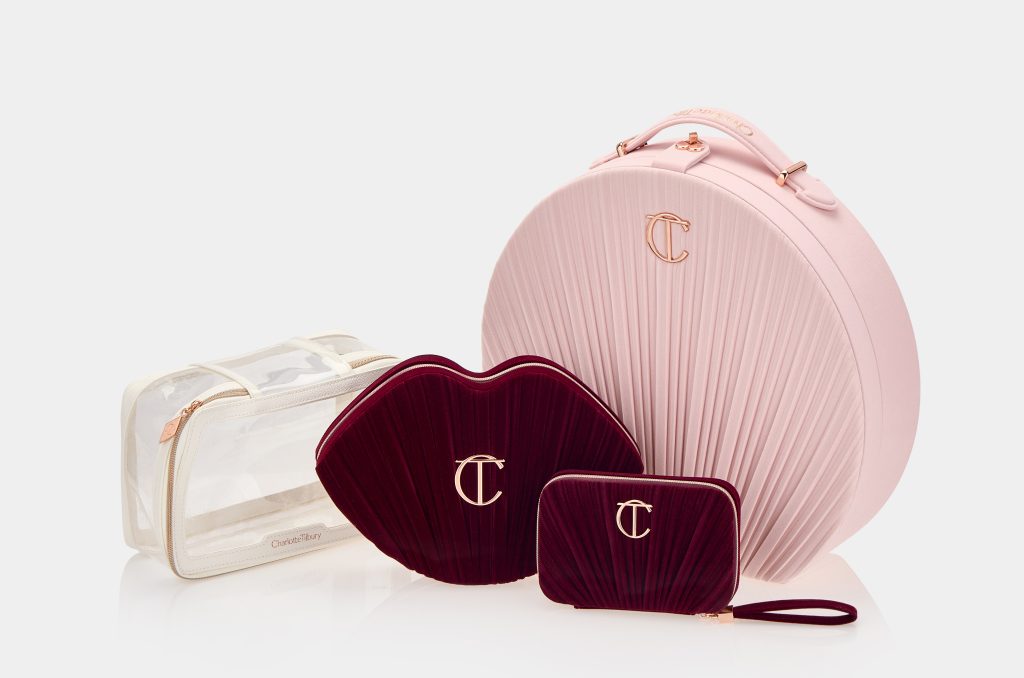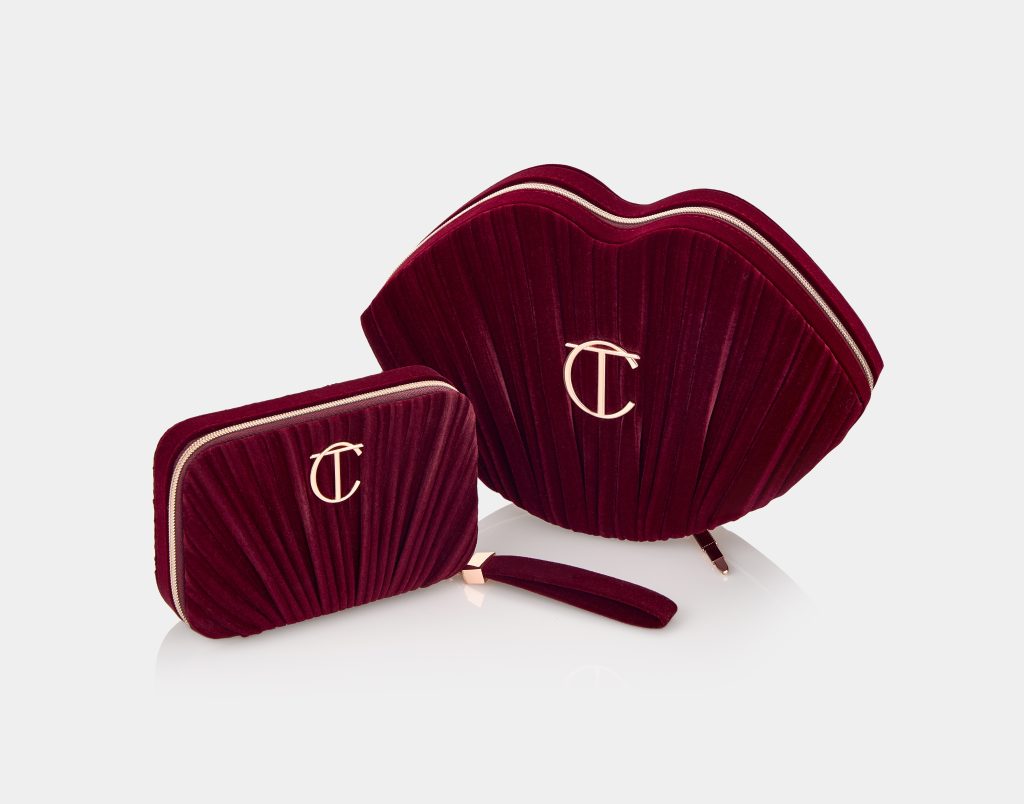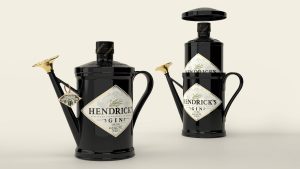The Gift Instinct: Why luxury packaging is hardwired into human emotion
When the Voyager spacecraft were sent on a mission to explore alien worlds billions of miles away, each included what then-US President Jimmy Carter called “a present from a small distant world” – a golden record containing images and sounds from Earth.
When faced with the possibility of making first contact with alien life, the first thing we did was send it a present. And while this particular gift may never be received, gift-giving remains one of the few truly universal social activities that has remained constant throughout human history. We give gifts for many reasons – to celebrate, to console, to express appreciation, to fulfil social obligations, and to nurture relationships.
Our innate human drive to give gifts has persisted for thousands of years and is as strong as ever today. The average UK adult now purchases 32 gifts each year, spending over £400 in total[1].
For businesses, this immutable fact of human existence means that developing products designed for gifting can be highly profitable – and competitive. And increasingly, packaging is key to succeeding in this crowded marketplace.
[1] https://www.independent.co.uk/life-style/adults-average-gift-giving-uk-b1951507.html

Tapping into the imagination
Part of the reason gift-giving has remained central to so many cultures throughout history is that both the gift-giver and receiver benefit. Studies have shown that both parties get a hit of feel-good hormones like oxytocin and dopamine[1] when a gift is exchanged. Just thinking about giving a gift can have the same effect, lighting up the reward pathways in the brain that make us feel more socially connected[2].
For brands, the task is simple to describe but challenging to execute – develop a pack that the consumer can imagine themselves giving as a gift when they see it on the shelf. Packaging is absolutely central to achieving this effect.
As the first point of contact between the consumer and the product, packaging has a hugely important psychological role in any product purchase, especially in luxury packaging, and even more especially in gift giving. There is a reason we often add symbolic extra layers of packaging by hand when wrapping gifts. A thin layer of paper or ribbon wrapped around a birthday present has no functional purpose – it doesn’t protect or preserve its contents – but from an emotional standpoint, it is invaluable.
Packaging is also a canvas for emotional storytelling that can sway purchasing decisions. As gift-giving is an intensely emotion-driven instinct, packaging design must tap into that emotion by giving the appearance of value. Packaging can add to the perceived value of a product, which in many ways is indistinguishable from adding to the real value of a product.
As the saying goes, first impressions are everything. A pack that can forge that emotional connection with a consumer, and which carries the perception of value, makes a much more appealing gift than one that does not.
[1] https://www.apa.org/topics/mental-health/brain-gift-giving
[2] https://www.bps.org.uk/research-digest/giving-gift-can-make-you-feel-less-lonely

Packaging that facilitates a lasting experience
At the same time, packaging can also act as a keepsake that the consumer can use long after its contents are gone. At Hunter Luxury, many of our customers request that their packaging be imbued with this kind of dual purpose. For example, our work on the Charlotte Tilbury Pillow Talk 2025 vanity case saw us develop a beauty set that was primarily designed to contain a range of cosmetic products. This set was also designed to be kept as a keepsake vanity case that could become part of the consumer’s everyday routine, complete with an all-over velvet covering that was pleated on the lid, creating a seashell-like design that was complemented by rose gold-coloured metal hardwares. Packaging can be much more than a disposable carton that is destined for the waste bin – with the right amount the attention to detail and craftsmanship, it can be both the first point of contact with a product, and something that stays with the consumer for years after the product is used.
Packaging, when done right, doesn’t just initiate the gift moment – it preserves it. The emotional afterglow of a gift is extended when the packaging is designed to be treasured. Luxury brands understand this well. They’re not just selling a product; they’re delivering an experience that begins with anticipation, peaks at unboxing, and lingers long after in the form of tactile, visual, and emotional memory.
This is especially true when the packaging evokes the sensory cues of luxury – textures that invite touch, closures that offer a satisfying snap, materials that feel weighty and permanent. These elements are not incidental. They are strategically chosen to reinforce a sense of prestige and permanence, and to make the recipient feel seen, valued, and indulged.
Luxury that lingers
Crucially, this lingering impact plays directly into today’s experience-driven consumer landscape. In a market where shoppers are increasingly seeking products that deliver more than functional value, packaging becomes a vehicle for delivering emotional richness and meaning. It can be the difference between a product that is simply purchased and one that is proudly gifted, unwrapped with care, and remembered long after.
Ultimately, gifts don’t just have to land in the gift-giver’s shopping basket, they have to earn their place in the recipient’s life long after that initial purchasing decision is made.
At Hunter Luxury, we see packaging as an opportunity to forge lasting emotional bonds between brands and consumers. Whether it’s a vanity case that lives on a dressing table, a rigid box used to display an ornate spirit or perfume bottle, or even the act of unboxing itself captured and shared online, the true power of packaging lies in its ability to transform a product into a gift, and a gift into a memory.
Products can be fleeting, but by tapping into the uniquely human desire to give meaningful gifts, packaging can be forever.
CONTACT THE TEAM
Our team of packaging experts works with some of the world’s largest brands. Drop us a line at info@hunterluxury.com, we’d love to talk through your project brief with you.
SOME OF HUNTER LUXURY'S OTHER RECENT PROJECTS
- Posted in In the news, News
- tagged with beauty packaging, Charlotte Tilbury, Christmas gifts, gifting, luxury gifts, luxury packaging, Premium packaging











